Building the 6th generation of CASE tool
There is a path at the edge of software engineering, A.I. and V.R. ==> Computer Assisted Software Engineering
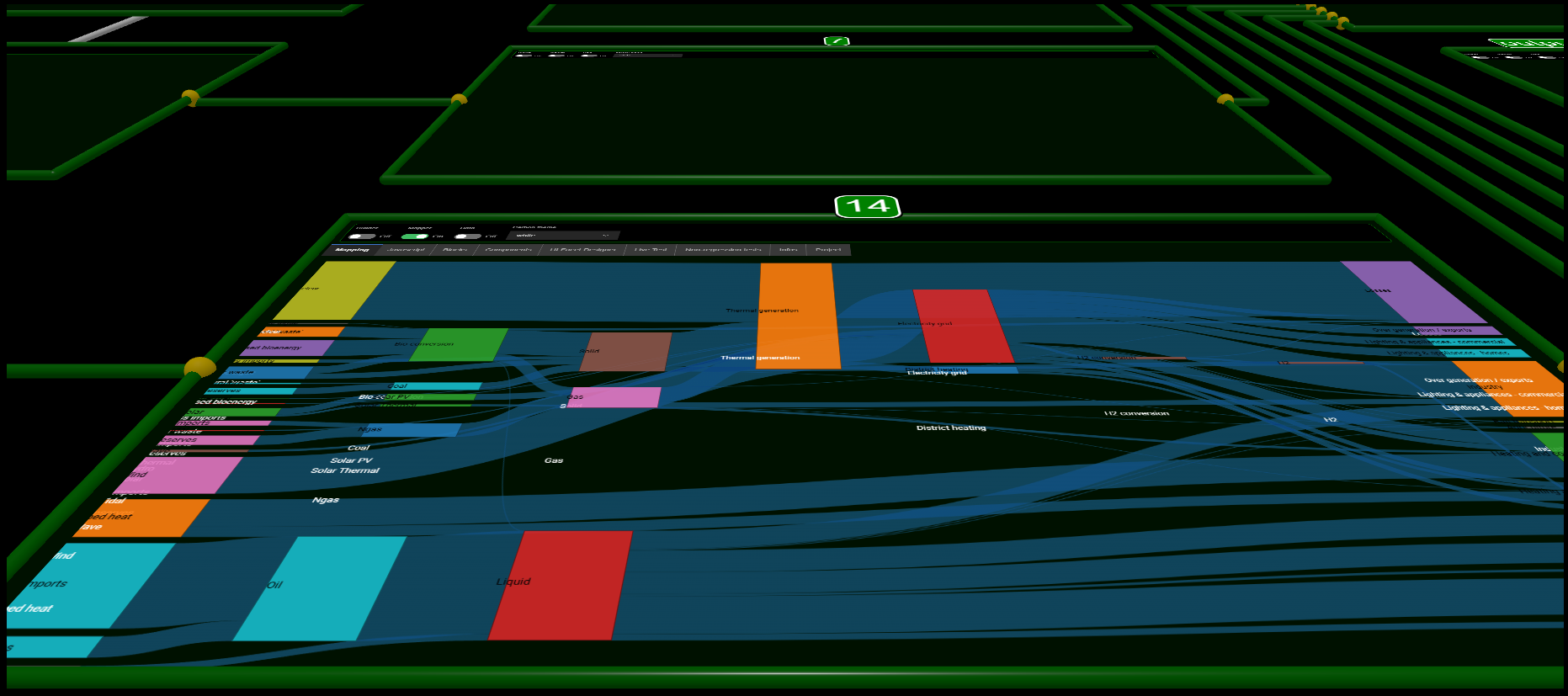
A passion for software development
The 6th generation of CASE tools would likely take the trends and capabilities of the 5th generation to a new level, driven by emerging technologies, societal needs, and the evolving nature of software development.
Impacts of 6th Generation CASE Tools
Democratization of Software Development
- Virtually anyone, regardless of technical skill, could design and deploy sophisticated software solutions.
- Greater focus on creativity and problem-solving over technical details.
Acceleration of Innovation
- Dramatic reduction in development cycles, allowing businesses to innovate faster and adapt to changes almost instantly.
New Challenges
- Ethical concerns around autonomous systems and their decisions.
- Need for robust validation, auditing, and compliance mechanisms to ensure trust and safety.
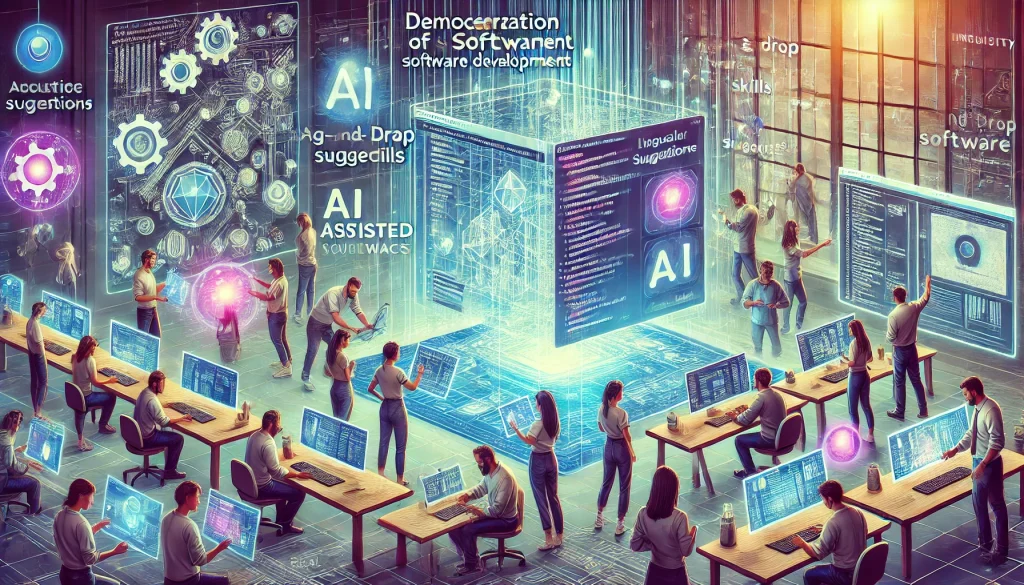
Our vision
Full Autonomy in Development
- Tools capable of autonomously generating entire applications from vague business goals or conversational requirements.
- Natural language interfaces would allow stakeholders to describe their needs, and the tool would deliver the complete solution without requiring technical intervention.
Zero-Code as the Norm
- True zero-code environments where even complex applications with AI, blockchain, or IoT integrations can be created without writing any code.
- Tools that generate software at an abstract, business logic level and handle all technical details behind the scenes.
Cognitive and Context-Aware Systems
- Contextual understanding of the business environment, adapting applications in real-time based on organizational changes, user behavior, or external factors.
- Tools that “learn” an organization’s workflows and proactively suggest or implement software improvements.
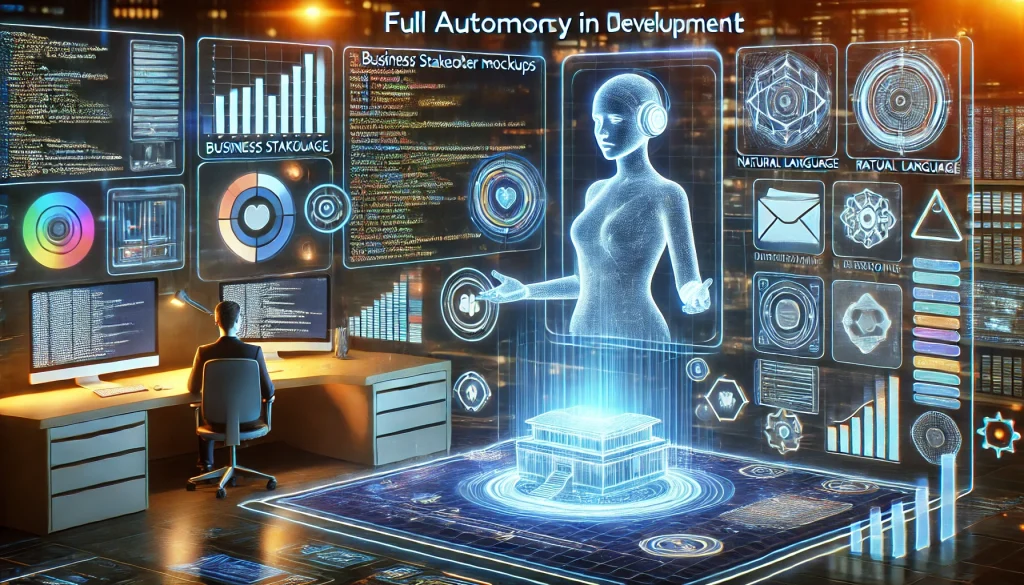

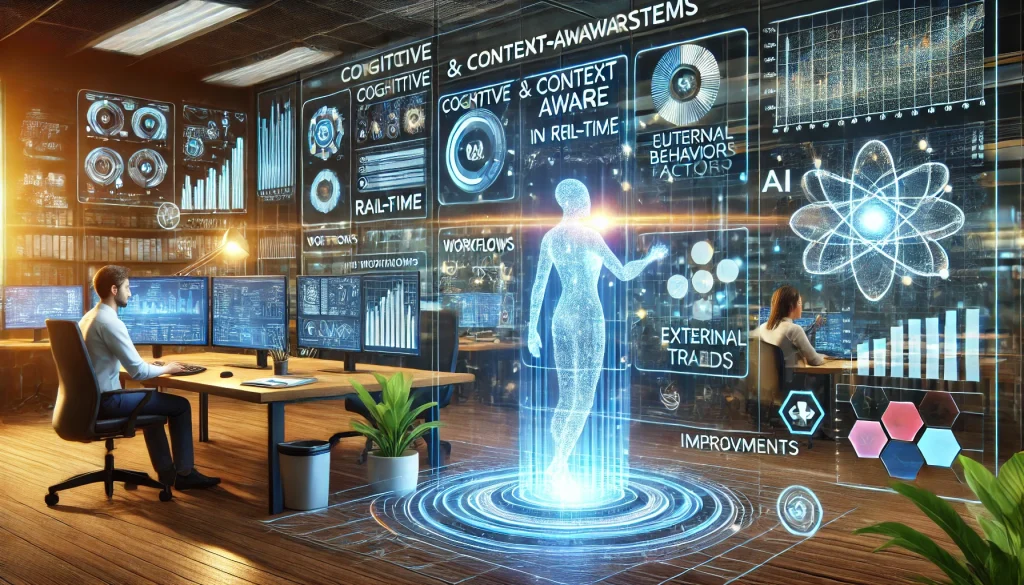
Self-Adaptive and Evolutionary Software
- Software systems developed using these tools would be inherently self-adaptive, evolving autonomously in response to changes in technology, business requirements, or user feedback.
- Incorporation of genetic algorithms or evolutionary computing for optimizing solutions over time.
Human-Tool Collaboration at Scale
- Tools that collaborate seamlessly with human developers, designers, and end-users in a multi-modal interface, combining speech, gestures, and visual cues.
- Integrated “digital twins” of projects that allow teams to simulate, experiment, and predict outcomes collaboratively.
Holographic and Immersive Interfaces
- Development environments using AR/VR or holographic displays, allowing developers and stakeholders to interact with software designs in 3D.
- Visual representation of code and system architectures in immersive environments for better understanding and collaboration.
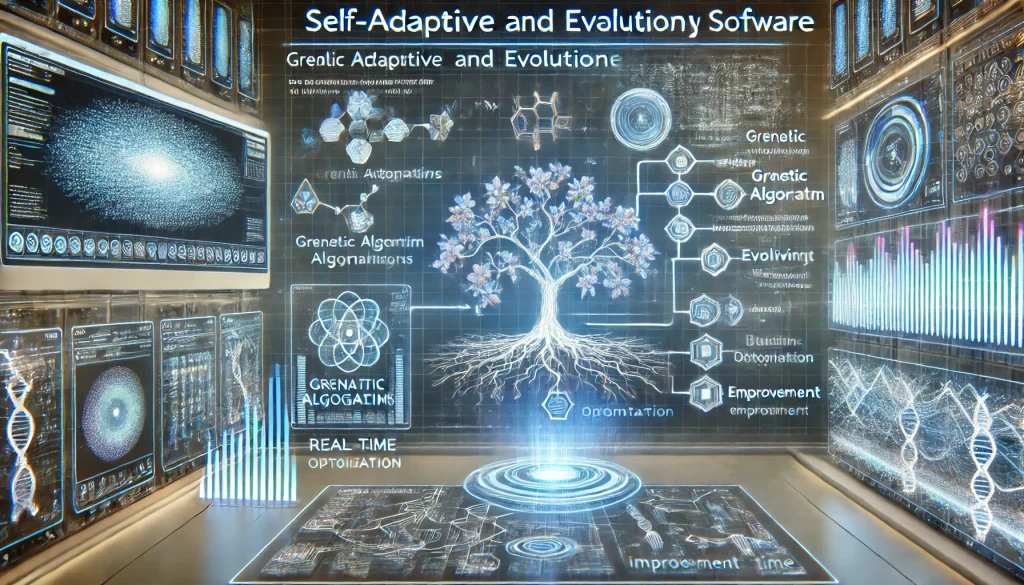
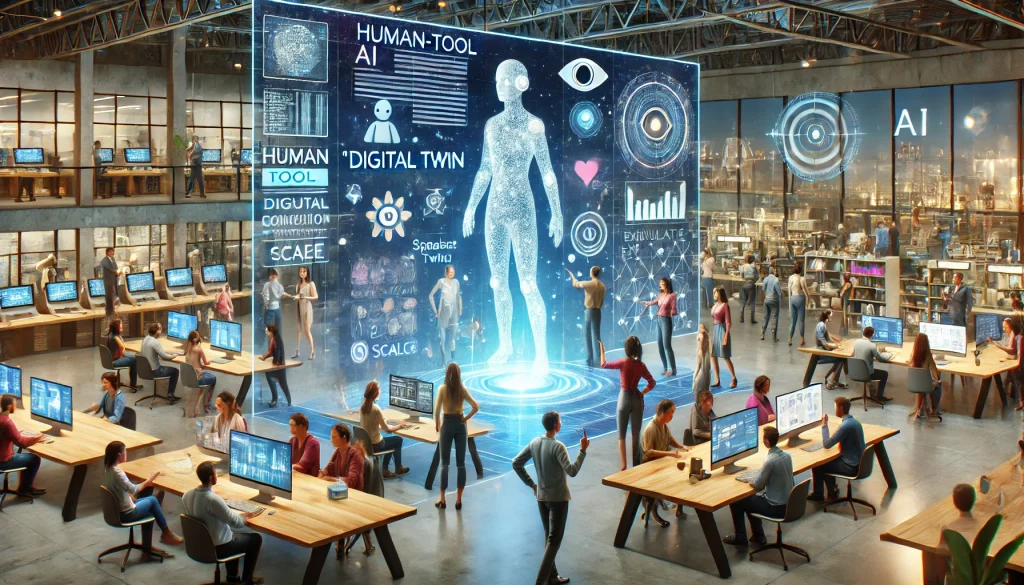
Unified Cross-Domain Platforms
- Case tools that transcend traditional boundaries, integrating seamlessly across domains like IoT, robotics, bioinformatics, and blockchain.
- Cross-platform, cross-language, and cross-industry development capabilities.
Ethical and Responsible AI Integration
- Automated systems for ensuring ethical compliance, data privacy, and fairness in AI models embedded within software.
- Tools that audit and explain decision-making processes to developers and stakeholders in real-time.